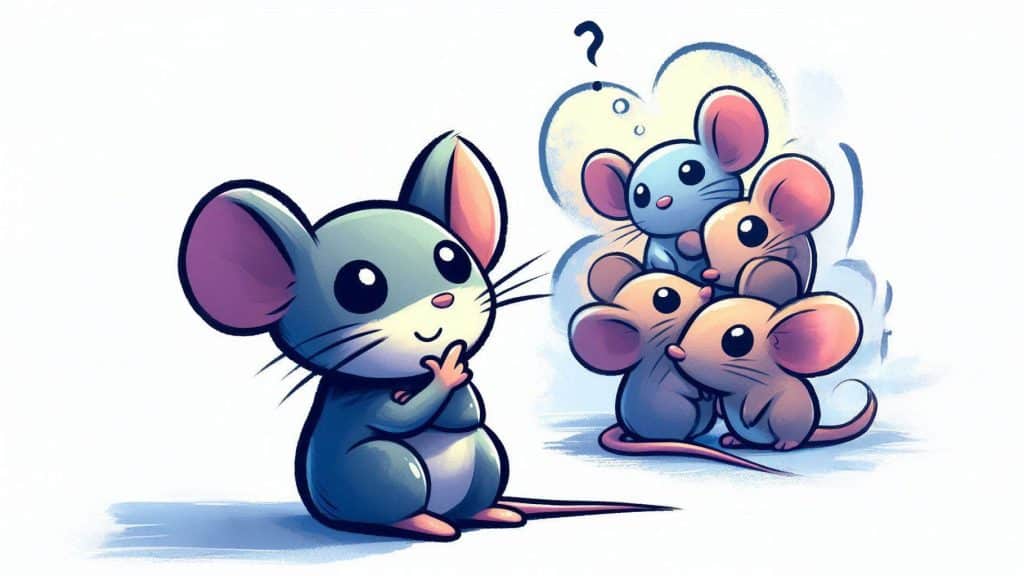
Understanding the welfare of laboratory animals is essential for research integrity and animal care. A recent study published in Laboratory Animal Research investigated the impact of short-term social isolation on male and female C56BL/6J mice, providing insights that could inform best practices for animal housing in laboratory settings.
Background: The Nature of Social Isolation in Mice
While mice are inherently social creatures, the dynamics of housing can vary, especially for male mice. In the wild, males often live alone due to territorial behavior, while females prefer group housing. Laboratory conditions can amplify stress when males are housed together due to constant disputes and shifts in dominance hierarchies. Therefore, understanding the effects of individual versus group housing on welfare and behavior is crucial.
Key Findings from the Study
The study analyzed 13-week-old male and female C56BL/6J mice, housing them either individually or in groups for four weeks. Behavioral assessments included anxiety tests and social interaction analysis. Here’s what the study revealed:
- Anxiety and Motor Activity: There was no significant difference in anxiety levels between group-housed and single-housed mice, regardless of sex. However, females demonstrated higher anxiety, spending less time in open spaces compared to males. Motor activity remained consistent across all groups.
- Social Behavior: Social interaction differed notably in males. Single-housed males showed more avoidance behavior and engaged less with unfamiliar mice compared to their group-housed counterparts. Females in group settings displayed more social behavior than group-housed males.
- Memory and Physiology: Memory functions, as assessed through testing, were not affected by housing conditions. Additionally, corticosterone levels and body weight dynamics were stable across all groups, indicating minimal physiological stress from short-term isolation.
Implications for Research and Welfare
The findings indicate that four weeks of social isolation minimally affect C56BL/6J mice, with the primary observation being increased social avoidance in single-housed males. This insight can be valuable for researchers designing experiments that necessitate short-term isolation periods, as it suggests such isolation may not significantly compromise welfare or introduce substantial behavioral variability.
However, it’s important to note that these results are specific to C56BL/6J mice and may not extend to other strains. Further studies are needed to explore these effects across different genetic backgrounds before general housing guidelines are updated.
Conclusion
Short-term social isolation might not be as impactful as previously assumed, especially in adult C56BL/6J mice. These findings can contribute to refining housing protocols, balancing animal welfare with research needs.
Discover more insights and ensure your research adheres to best practices in animal welfare with Able Scientific.

